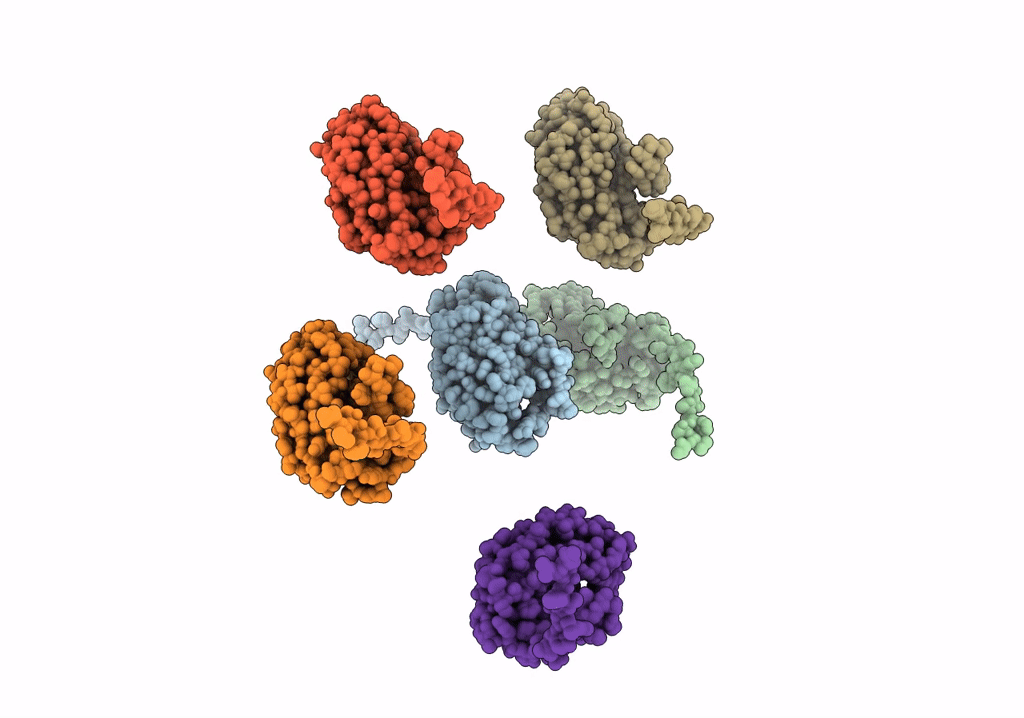
Deposition Date
2022-03-21
Release Date
2022-06-29
Last Version Date
2025-05-14
Method Details:
Experimental Method:
Resolution:
4.00 Å
Aggregation State:
FILAMENT
Reconstruction Method:
HELICAL


